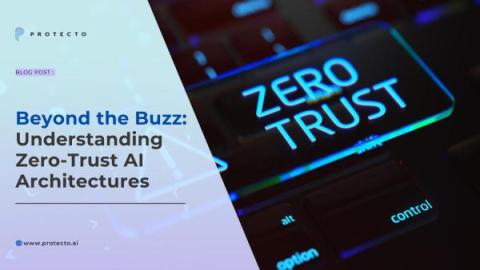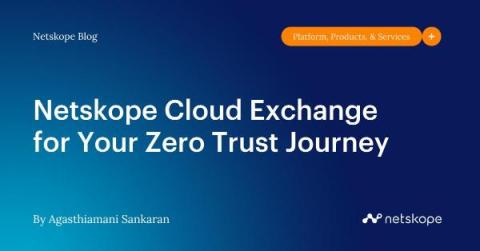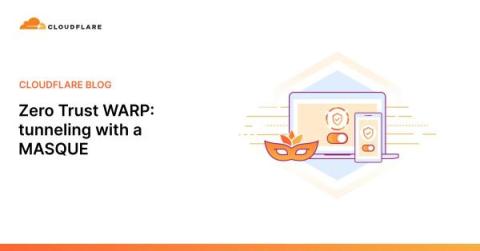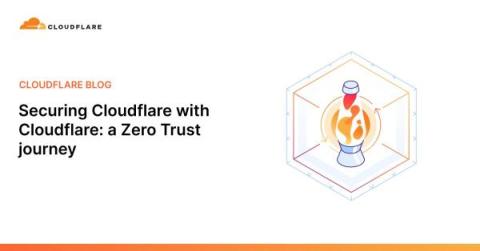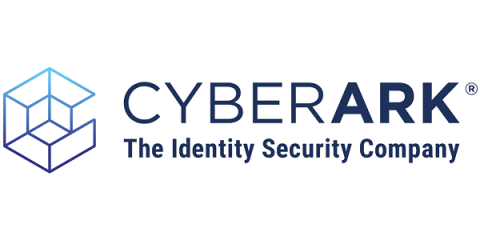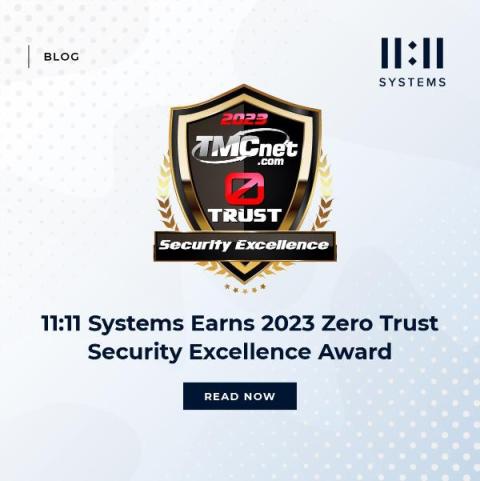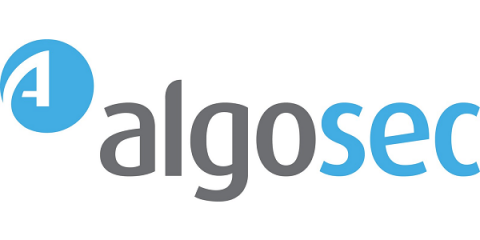Beyond the Buzz: Understanding Zero-Trust AI Architectures
In today's digital landscape, where cyber threats are ever-evolving and data breaches can have devastating consequences, zero-trust security has emerged as a robust approach to protect organizations and their critical systems. At its core, zero-trust challenges the traditional notion of inherent trust within network boundaries, advocating for a holistic security posture that treats every entity as a potential threat until proven trustworthy.


